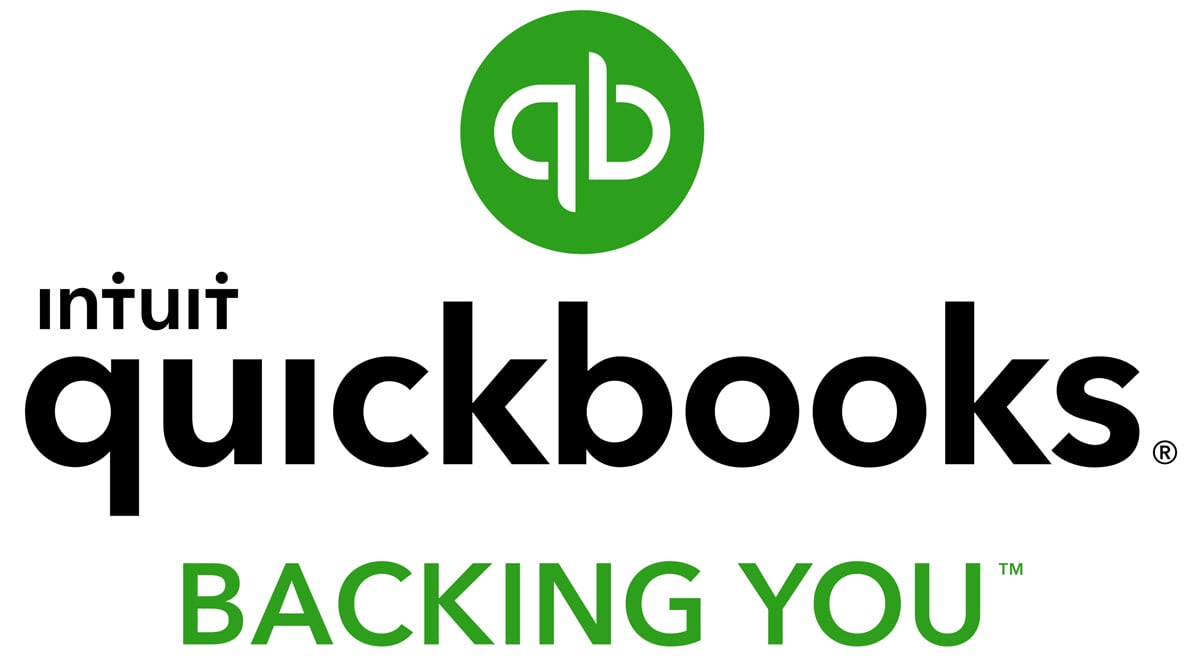The Ultimate Guide to Choosing Xero vs. Sage
When you’re searching for an accounting software for your small business finances, narrowing your search down to a single choice can be tricky.
That’s why many small business narrow their accounting software down to two of their very best options—Xero vs. Sage—and then have a hard time choosing between the two.
So, who is the winner in Xero vs. Sage?
We’ve compiled the ultimate field guide to help you figure it out—here’s your comprehensive resource to navigating your choice between Xero vs. Sage accounting software.
Xero vs. Sage: The Fundamentals
What are the basics to solving the Xero vs. Sage question for yourself?
First and foremost, you’ll need to understand why you—along with many other business owners—have ended up in this head-to-head.
Basically, Xero and Sage are two of the most small business friendly accounting softwares out there.
With multiple user-friendly version that will allow your accounting software to grow with your business, both Xero and Sage are hospitable to the future of your ever-growing business, no bookkeeping professional required.
Plus, these two options are both remarkably affordable, making them ideal for small businesses who are working with more restrictive budgets.
So, what differences will help you find your winner in Xero vs. Sage?
You’ll find those deciding factors in the details, so let’s take a microscope to all things Xero accounting software and Sage accounting software to get a comprehensive understanding of what makes them unique products.
The Necessary Details for Understanding Xero vs. Sage
With the generalities covered, it’s time to dive into the details that you’ll need to be familiar with in order to effectively answer the question of Xero vs. Sage for your business.
First, let’s zoom into all the details on Xero, starting with their Early plan.
Xero Early
For smaller businesses who need fewer capabilities and monthly activity allowances from their accounting software, the Xero Early plan is an affordable go-to.
Let’s take a look at what this plan offers.
Pricing
The Xero Early plan is one of the most affordable accounting software options on the market—at $9 per month, it will be hard to find a price tag that undercuts this Xero plan.
Activity
That said, this affordable a price tag will come with some limits to what you get for it.
With the Xero Early plan, unlimited collaborators will only be able to perform limited monthly activity with their accounting software:
- Send five invoices
- Enter five bills
- Reconcile 20 transactions
Additional Features
Beyond those activity limits, though, you’ll also be able to access a few additional features through the Xero Early plan.
Through this accounting software plan, you’ll also get:
- Financial performance reports
- Mobile app
- 24/7 support
- External app integration
Xero Growing
The next step up for Xero accounting software is their Growing plan, which will be ideal for small to mid-sized businesses’s accounting software needs.
Pricing
In order to access this middle ground for Xero software, you’ll have to pay $30 per month. This will be a significant jump from the $9 per month you’d pay for the Early plan, but with this jump in price you’ll be able to get much more out of your Xero software.
But is it worth it?
Well, let’s see what exactly you’ll get for $30 a month so that you can decide.
Activity
For starters, there will be far fewer limits to your activity if you opt for a Xero Growing plan.
Unlimited collaborators will be able to:
- Send unlimited invoices and quotes
- Enter unlimited bills
- Reconcile unlimited bank transactions
Additional Features
Additionally, you’ll be able to access payroll capabilities through this plan, along with all of the features that you’d be able to access through the Early plan. Overall, you’ll also get:
- Financial performance reports
- Mobile app
- 24/7 support
- External app integration
- Payroll capabilities for up to five employees
Xero Established
Last up, Xero accounting software’s most capable plan yet is the Established plan. This plan will allow your business to access the most features possible and has even fewer limits than Xero Growing.
Xero Established was formerly known as Xero Premium, and came with three tiers at three different price points for varying sizes of businesses. Now, however, Xero Established offers one cohesive plan at one price, so that your business can grow and scale using Xero’s accounting software.
Pricing
Xero Premium was formerly priced at $70, $90, and $120 per month for each respective tier. Now, however, Xero Established will cost only $60 per month—a significant price jump from the Xero Growing plan, but not quite so drastic Xero Premium’s rigid pricing structure.
Activity
Again, through this option, you’ll have very few limits placed on your activity within your accounting software.
Unlimited collaborators will be able to:
- Send unlimited invoices and quotes
- Enter unlimited bills
- Reconcile unlimited bank transactions
Additional Features
Not to mention, you’ll be able to access even more capabilities through this plan, even beyond the expanded payroll bandwidth:
- Performance reports
- Mobile app
- 24/7 support
- External app integration
- Multi-currency capabilities
- Payroll capabilities for an unlimited number of employees
- Expenses management
- Project tracking
Sage Business Cloud Accounting Start
Sage’s Business Cloud Accounting Start software is an entry-level software meant for smaller businesses who need help managing their cash flow. It can be an affordable alternative to Xero’s cheaper plans.
Let’s take a closer look at what that entails.
Pricing
Sage Business Cloud Accounting Start is priced pretty moderately at $10 per month. This isn’t quite as cheap as Xero’s Early plan, which costs $9 per month—but it’s a close competitor.
Activity
Unlike the start plan for Xero, Sage Business Cloud Accounting Start offers you a wider range of basic functionality. These include the ability to:
- Create and send unlimited invoices
- Track overdue balances
- Reconcile unlimited bank transactions
Additional Features
Keeping in mind that Sage Business Cloud Accounting Start is an entry-level program, they have a generous amount of additional features. These include:
- Recurring statements
- Connect bank feeds
- Ability to print checks
- Access to a basic Sage accounting dashboard
- Sage accounting mobile app
Sage Business Cloud Accounting
If you want even more from your accounting software, then consider the upgrade to Sage Business Cloud Accounting.
With this accounting software, you’ll be able to access even more than Sage Business Cloud Accounting Start—for a price, of course.
Pricing
To access Sage Business Cloud Accounting, you’ll have to pay $25 per month. Though this will be a significant jump from the $10 a month you’d pay for Sage Business Cloud Accounting Start, it’s still well under the $30 you’d have to pay for the Xero Standard plan.
Activity
With this version of Sage Business Cloud Accounting, you won’t have to limit how many users and accountants you add to your account.
Unlimited collaborators will be able to:
- Record expenses and income
- Reconcile unlimited transactions
- Create and send unlimited invoices
Additional Features
You’ll also be able to access the same premium features that you would through Sage Business Cloud Accounting Start, plus many more:
- Instant automatic backup
- 24/7 support
- An intelligent digital assistant
- Cash or accrual accounting
- Cash flow forecasts
- Quotes and estimates
- Vendor bills
Xero vs. Sage: How to Pick the Right Software for You
With all of the crucial details covered, let’s step back and start to deliberate.
Who wins in this Xero vs. Sage showdown?
Well, because every small business’s accounting software needs will differ, there’s no categorical winner in Xero vs. Sage.
That said, there are certain aspects about these two accounting softwares that will outperform the corresponding aspects of the other.
So, let’s see where each option wins out in Xero vs. Sage.
Where Does Xero Win in Xero vs. Sage?
First up, let’s take a look at the specific features where Xero outshines Sage.
Number of Collaborators
If your business has a lot of cooks in the proverbial kitchen, then you might need an accounting software that allows for unlimited users to collaborate on one account.
And Xero will offer this capability on each plan for its accounting software. So, even if your business is on the smaller side and wants to opt for the most basic plan, Xero will still allow you to have unlimited collaborators on your business’s account.
Payroll Capabilities
Additionally, if you want your business accounting software to come with payroll capabilities, then Xero will be a clear winner in the Xero vs. Sage debate.
Having your business’s payroll and books all in one place can seriously streamline all things accounting, and Xero is one of the very few accounting softwares that offers this optimization.
Where Does Sage Win in Xero vs. Sage?
On the other hand, Sage certainly holds its own in the Xero vs. Sage showdown.
Let’s see where Sage outperforms Xero.
Entry-Level Capabilities
Basically, Sage’s entry-level plan—Sage Business Cloud Accounting Start—offers much more bang for your buck than its Xero counterpart—the Xero Early plan.
Though Sage Business Cloud Accounting Start will cost you $10 per month—as compared to the $9 a month the Xero Early plan will cost you—you’ll get much more than your dollar’s worth with Sage Business Cloud Accounting Start as your accounting software.
With no limits to your accounting activity, along with premium features like 24/7 support and an intelligent digital assistant, Sage Business Cloud Accounting Start far outperforms the Xero Early plan.
Xero vs. Sage: The Bottom Line
With all of the details covered and all of the highlights highlighted, it’s high time to step back and come to a verdict in the Xero vs. Sage debate.
Again, because you’re the one who knows your business best, we won’t assume to know a categorical winner when it comes to Xero vs. Sage. That said, there are a few aspects in which one option clearly outperforms the other option.
The best way to choose your winner in Xero vs. Sage is to decide which features matter most to you, and to choose your accounting software based on which one does that feature best.

Meredith Wood
Meredith Wood is the founding editor of the Fundera Ledger and a GM at NerdWallet.
Meredith launched the Fundera Ledger in 2014. She has specialized in financial advice for small business owners for almost a decade. Meredith is frequently sought out for her expertise in small business lending and financial management.

Featured
QuickBooks Online
Smarter features made for your business. Buy today and save 50% off for the first 3 months.

